
The Sinharaja Forest is one of the greatest natural treasures in Sri Lanka. In this issue Dinara Hettiarachchi takes you on a journey through Sinharaja.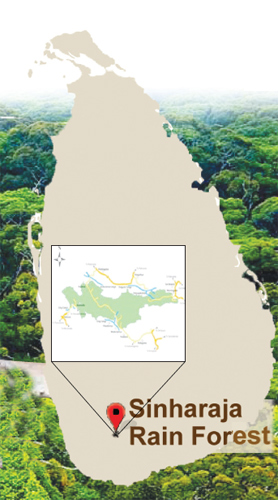
The Sinharaja rainforest takes high priority among the most valuable heritage sites of Sri Lanka. Boasting of high bio-diversity, this marvellous creation of nature was named a World Heritage Site in 1989 by UNESCO. Experts believe that the Sinharaja forest was formed about 150 million years ago, in the Prehistoric Era. But, due to climate change and deforestation, Sinharaja is the only primary tropical rainforest in Sri Lanka.
It is mentioned in myths and legends that in ancient times, lions roamed this island and a great lion in particular, lived in this rainforest. Thus, the name Sinharaja, which loosely translates to the Lion’s Kingdom, is used up to today. The rock top, on which the lion lived, is called Sinhagala and can be seen even today. Legend and myth has it that since the lion terrorised the people of the neighbouring villages, finally a warrior named Lankanatha came and killed the lion.
This virgin rainforest, which is a part of Sri Lanka’s low-country rainforest ecosystem, has escaped commercialisation due to its inaccessibility.
From East to West, the Sinharaja forest ranges 21 kilometres, but from north to south, it measures only seven kilometres.
The Sinharaja rainforest is bordered by the districts of Ratnapura, Matara, and Galle. It is full of hills, rocky mountains, gaps, plateaus, rivers, waterfalls and streams. The highest area in the region is the Hinipitigala mountain, which is 1171 metres in height.
The humidity in the rainforest ranges from 75 percent to 80 percent Keeping the temperature low, controlling winds, getting maximum productivity with sunlight, and preventing soil erosion are just some of the functions of the many trees in the Sinharaja. The forest gets about 3,000 to 6,000 mm of rain from the South West and the North East monsoons. Due to the excessive rain, the median temperature in the area ranges from 19o to 27o Celsius.
The Sinharaja, deserves the name ‘home of Eastern medicine’. More than 60 percent of the trees in this rainforest are endemic to the ‘Pearl of the Indian Ocean’ and most of them are scarcely found in any other regions of the country. Almost all the trees with medicinal properties, such as wild Bush sorrel (Naapiriththa), Calumba wood (Wenivel), Wild Ginger (Wal Inguru) and Jewel orchid (Wanaraaja) are used in Ayurvedic medicine.
The Loxococcus Palm (Ran Dothalu) is a highly threatened tree, as well as the vulnerable Atalantia Rotundifolia (Yaki Narang). Some species of Udawediya (orchids), Bowitiya, Impatiens Balsam (Koodalu), Dunukeyiya and edible mushrooms can also be seen. Every species of flora in the Sinharaja contribute immensely to keep the balance of the eco-system. Bandura or the pitcher plant (Nepenthes distillatoria) is another unique plant found in the Sinharaja forest. It is endemic to Sri Lanka. The leaves roll up to form pitchers. They give out a sweet scent to attract and catch insects.
Birds flock to this rainforest of 360 square kilometres in search of food, mostly led by the courageous Maha Kawuda and the loud Rathu Demalichcha. The species endemic to the Sinharaja includes most birds, reptiles, amphibians, and mammals which are endemic to Sri Lanka.
 |
| Wild Ginger |
Birds endemic to this area comprise the Red faced Mal Koha (Watha Rathu Mal Koha), the Sri Lanka Green Billed coucal (Bata Etikukula) and the Sri Lanka Kahi Bella. The Sri Lanka Jungle Fowl (Wali Kukula), the national bird of Sri Lanka, is found in abundance in the rich rainforest. Ninety-six percent of the endemic birds of Sri Lanka are found here. The endemic reptiles of Sinharaja include the the Sri Lankan green pit viper (pala polanga), the Asian water monitor (kabaragoya) and the hump-nosed viper (kunakatuwa). Many species of chameleons too can be found here. The tree frog (gas gemba) is just one of the many amphibians in this biosphere reserve.
The two last remaining Sri Lankan elephants of this nature reserve are said to be highly aggressive. They have disproportionately short legs, so environmentalists are arguing to relocate them to an elephant orphanage and to preserve these ‘dwarf elephants.’
 |
| purple faced langur |
The Sri Lankan sambhur (gona), the rusty-spotted cat (kola diviya), and the Sri Lankan leopard(Sinhala: Diviya) (Panthera pardus kotiya) are some mammals found in the Sinharaja. The Olu muva (amuntiacus Malabaricus) is a subvariant of the Indian Muntjac, and has a red-brown skin. Squirrel species found here include the grizzled giant squirrel (kalu dandu lena). The most common mammal in the Sinharaja Rainforest is the purple-faced langur (Kalu Wandura), endemic to our country. Its main diet is leaves, but it eats bananas, mangoes and flowers too.
Butterflies in the Sinharaja region include the Pea Blue, the Great Eggfly, and the Blue Glassy Tiger. The cyprinid, the walking catfish, and the Ceylon logsucker can be found in the rivers and streams of Sinharaja.
At present, the bio-diversity of the Sinharaja forest has been greatly damaged by hunting, deforestation to obtain dorana oil, used to make paint, and the unauthorised removal of sand from streams and rivers.
As Sri Lankans, it is our duty and responsibility to voice our protests against environmental pollution. We should protect the Sinharaja rainforest and the rare animals living in it, for future generations.
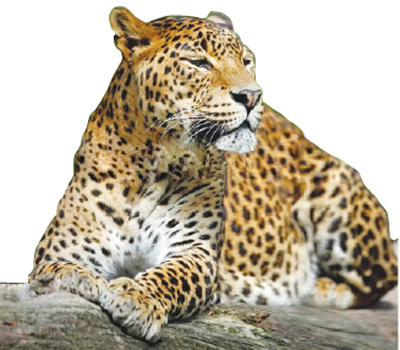 |
| Sri Lankan leopard |
 |
| Pea Blue |
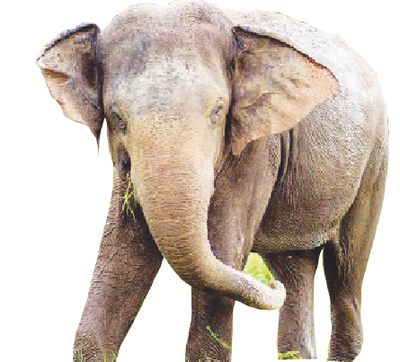 |
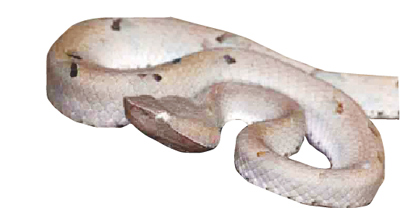 |
| Hump-nosed viper |
 |
| Walking Catfish |
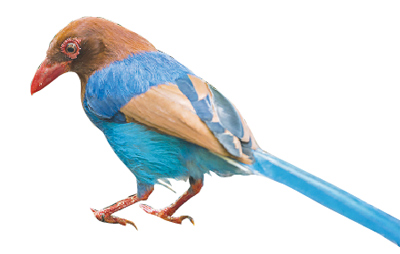 |
| Kahi Bella |
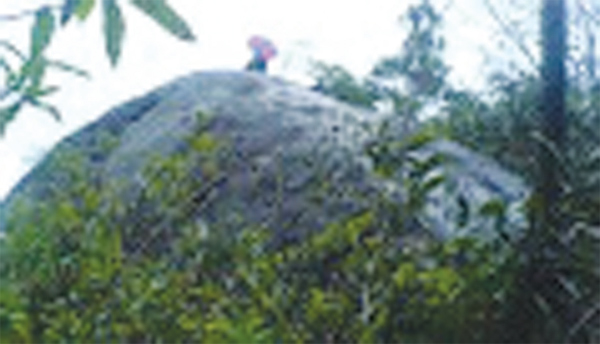 |
| Sinhagala |
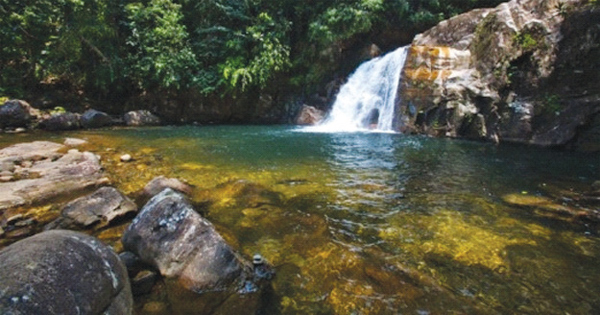 |
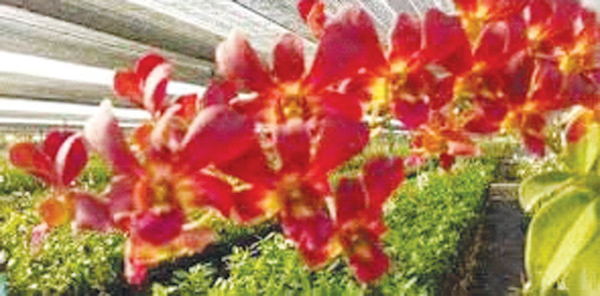 |
| Orchids |
